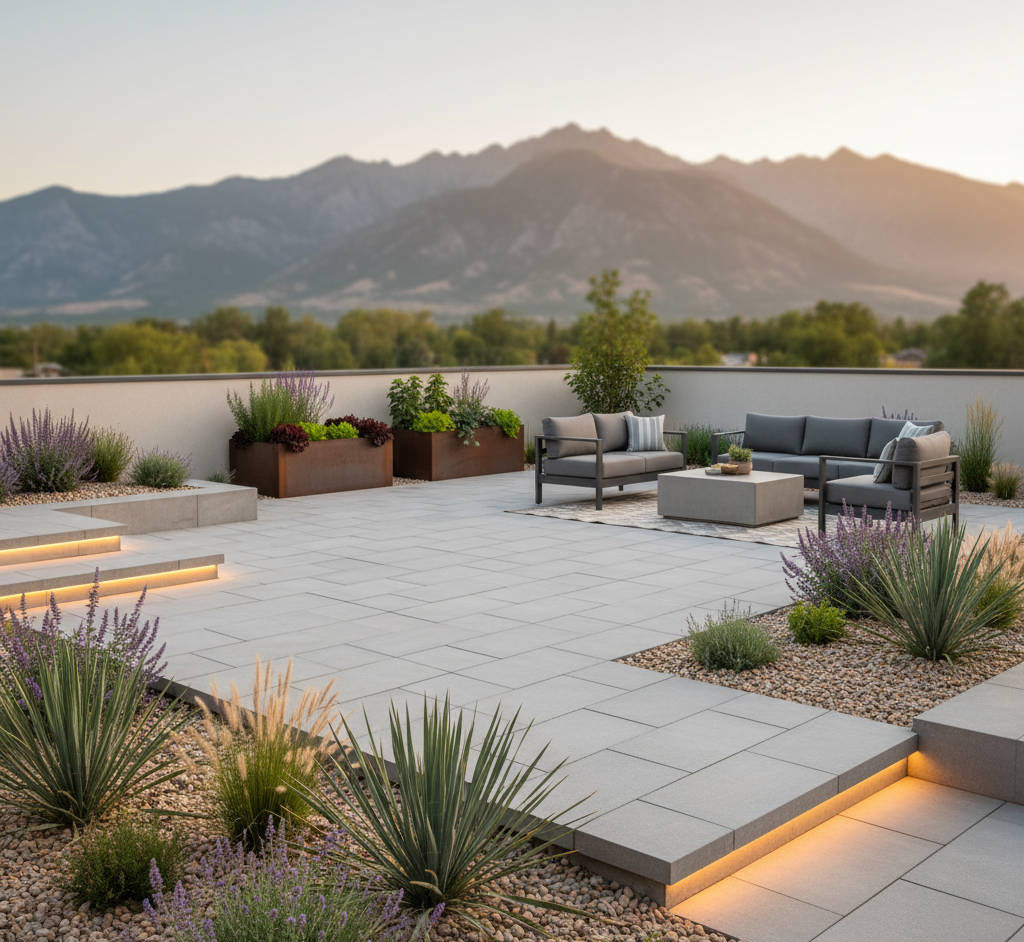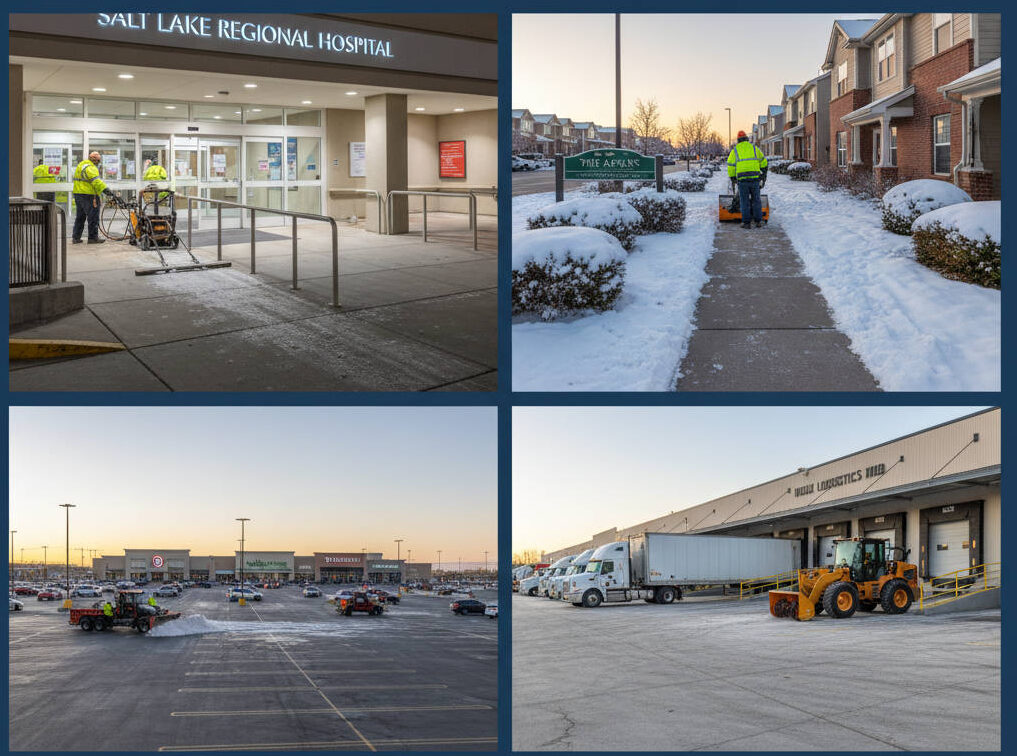As the cooler months approach, it’s essential to prepare your sprinkler system for winter. Properly shutting down your system prevents costly damage from freezing temperatures and ensures a seamless restart when spring arrives. This guide will walk you through the necessary steps to winterize your sprinkler system, helping you protect your investment and maintain a healthy lawn year-round.

Ensure your sprinkler system is ready for winter! Contact Millburn Lawn & Landscape today to schedule a professional sprinkler shutdown service. Let our experts handle the process, so you can have peace of mind knowing your system is protected. Don’t wait—schedule your service now!
Why Proper Sprinkler Shutdown Is Important
Shutting down your sprinkler system correctly is crucial to avoid damage caused by freezing water. When water remains in the pipes during winter, it can freeze, expand, and potentially cause cracks or bursts in the system. These damages can lead to expensive repairs and disrupt your lawn care routine in the spring. By taking the time to winterize your system now, you can save time, money, and hassle later.
Tools and Materials You’ll Need
Air Compressor
An air compressor is a key tool for blowing out the remaining water in your sprinkler lines. It’s important to use an air compressor with the appropriate pressure settings to avoid damaging the system.
Sprinkler System Key or Wrench
You’ll need a key or wrench specific to your sprinkler system model to turn off the water supply and access various components during the shutdown process.
Insulated Covers
Insulated covers are essential for protecting exposed pipes, backflow preventers, and other above-ground components from freezing temperatures.
Step-by-Step Guide to Shutting Down Your Sprinkler System
Turn Off the Water Supply
Start by locating the main water supply to your sprinkler system and turning it off. This step is crucial to prevent any additional water from entering the system while you’re preparing it for winter.
Drain the System
Next, you’ll need to drain the water from the system. There are several methods to do this, depending on your system type: manual drain valves, automatic drain valves, or using an air compressor to blow out the lines. If using an air compressor, ensure you use the correct pressure setting to avoid damaging the pipes.
Blow Out the Lines
If your system requires it, use the air compressor to blow out any remaining water in the lines. Attach the compressor to the appropriate valve, and systematically blow out each zone, starting with the furthest zone from the compressor. This step is critical for ensuring that no water remains in the system, which could freeze and cause damage.
Protect Exposed Components
Once the system is drained, cover any exposed pipes, backflow preventers, and other vulnerable components with insulated covers. This extra layer of protection helps prevent freezing and cracking during the winter months.
Disconnect and Store the Controller
If your system has an automatic controller, disconnect it and store it indoors for the winter. This protects the electronic components from cold and moisture, ensuring they remain functional when you restart the system in spring.
Common Mistakes to Avoid
Skipping the Blowout Step
One of the most common mistakes homeowners make is skipping the blowout step, thinking that draining the system is enough. However, residual water can remain in low spots and lead to freezing and damage.
Using Too Much Pressure
When blowing out the lines, it’s important not to use excessive air pressure, as this can damage the pipes and sprinkler heads. Always refer to the manufacturer’s guidelines for the appropriate pressure setting.
Neglecting Exposed Components
Failing to cover and insulate exposed components can lead to serious damage. Even a small crack in a pipe or valve can result in costly repairs and water wastage.
Preparing for Spring Startup
Inspect the System
Before turning your system back on in the spring, inspect all components for any signs of damage or wear. Look for cracks, leaks, and any other issues that may have occurred over the winter.
Reconnect the Controller
Once you’ve inspected the system, reconnect the controller, and test each zone to ensure it’s working properly. This step allows you to address any issues before they become major problems.
Gradually Reintroduce Water
When reintroducing water to the system, do so gradually. This helps prevent any sudden pressure surges that could damage the system. Slowly open the main valve and check for any leaks or irregularities as the system pressurizes.



